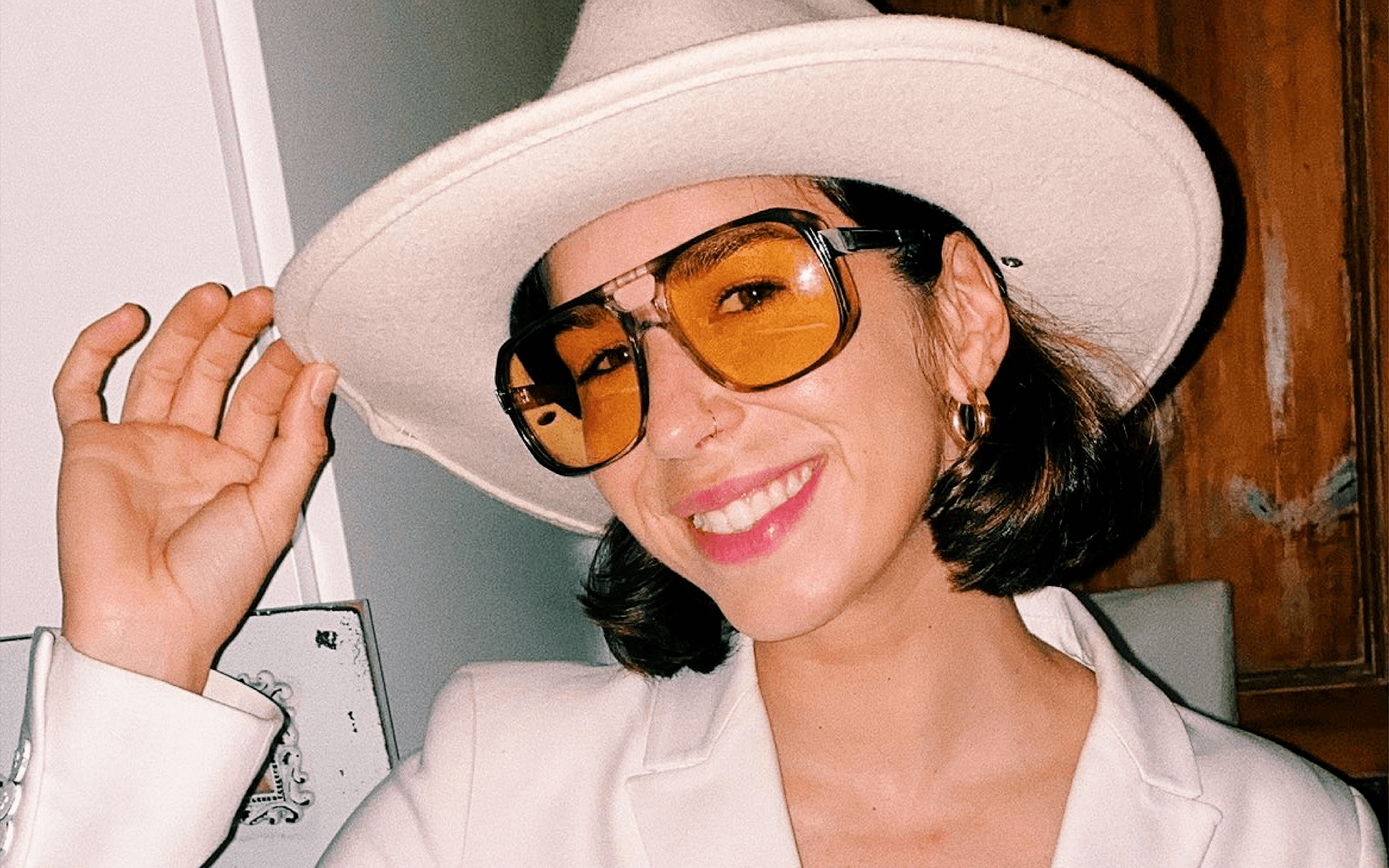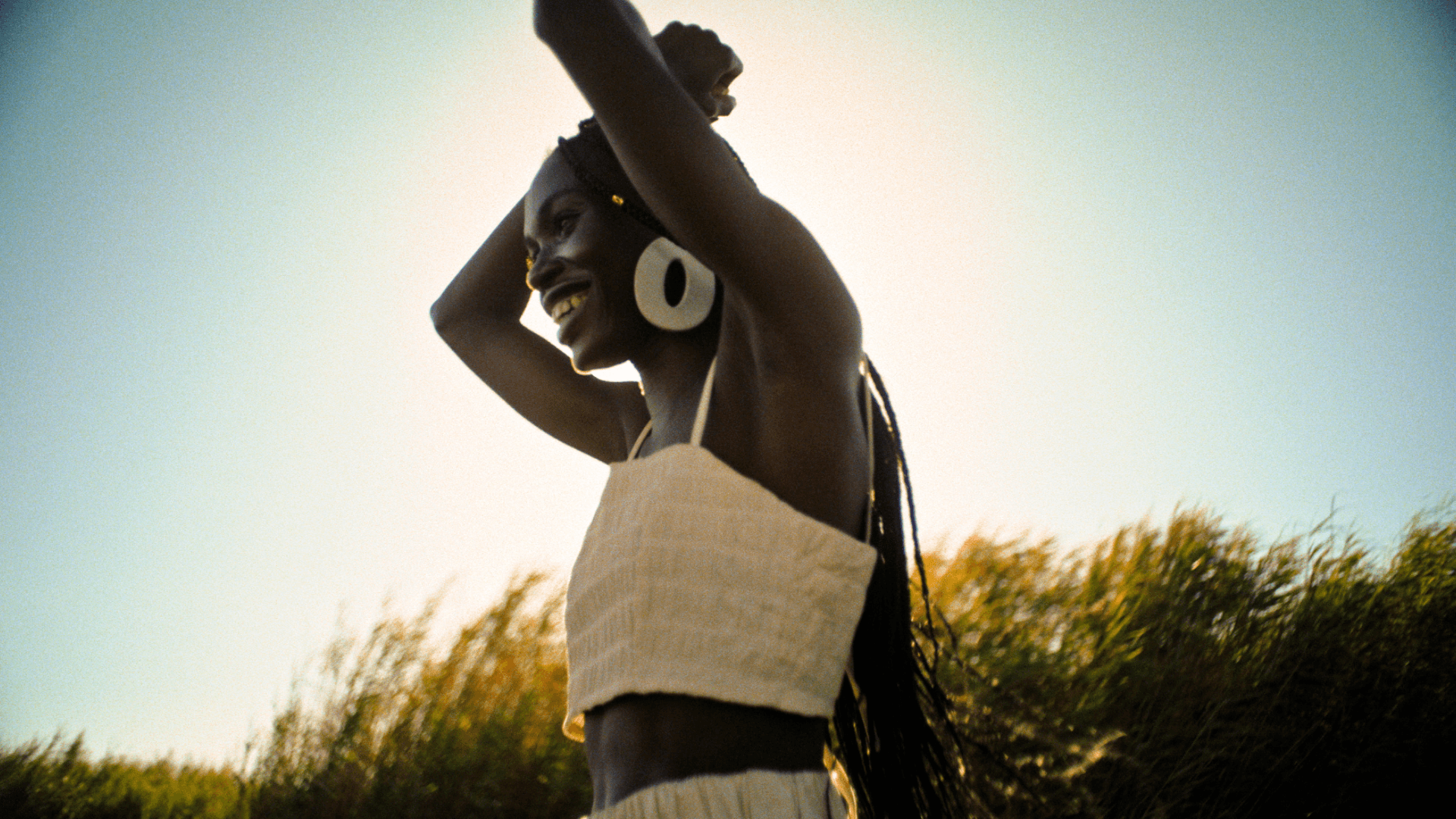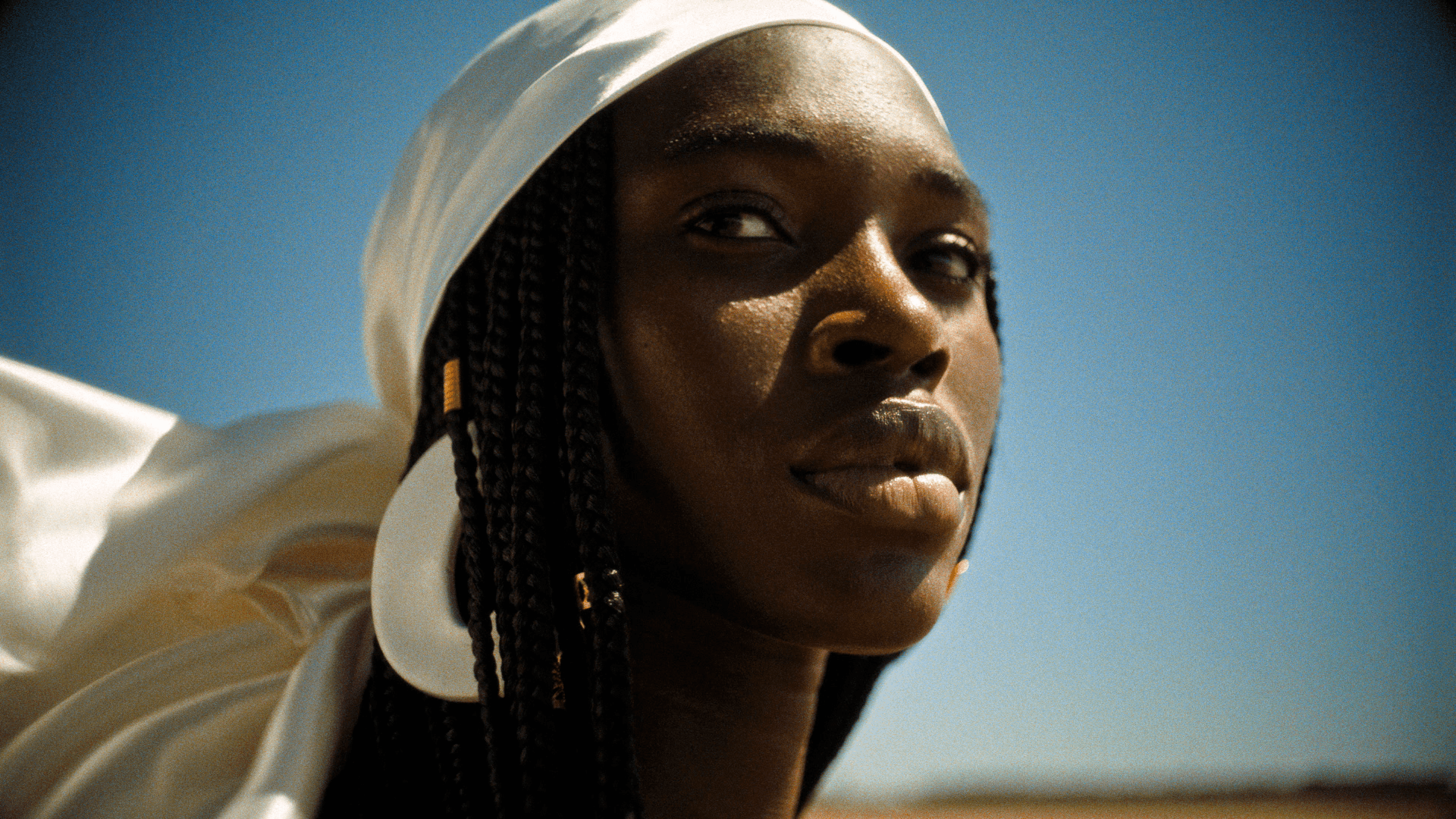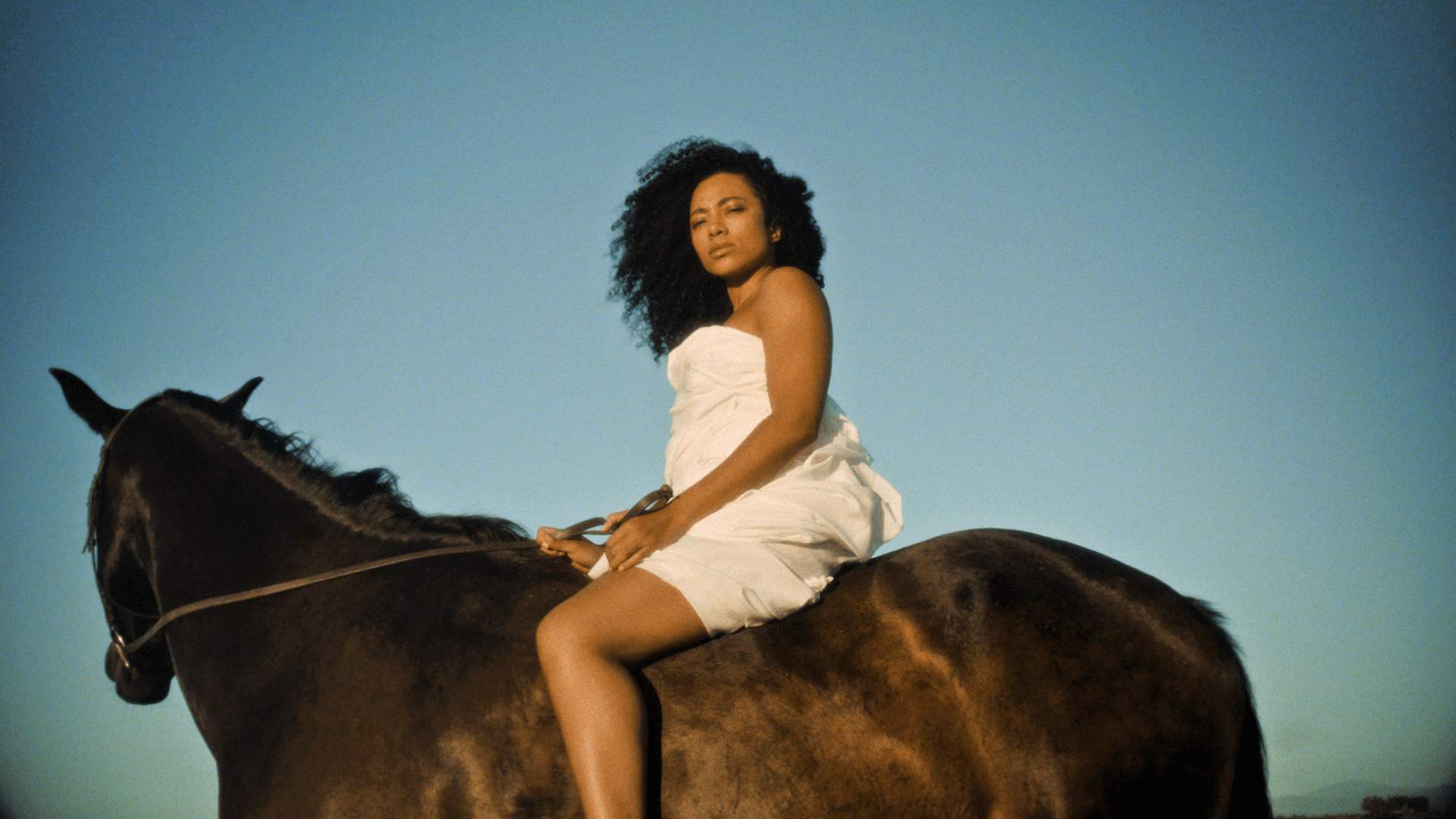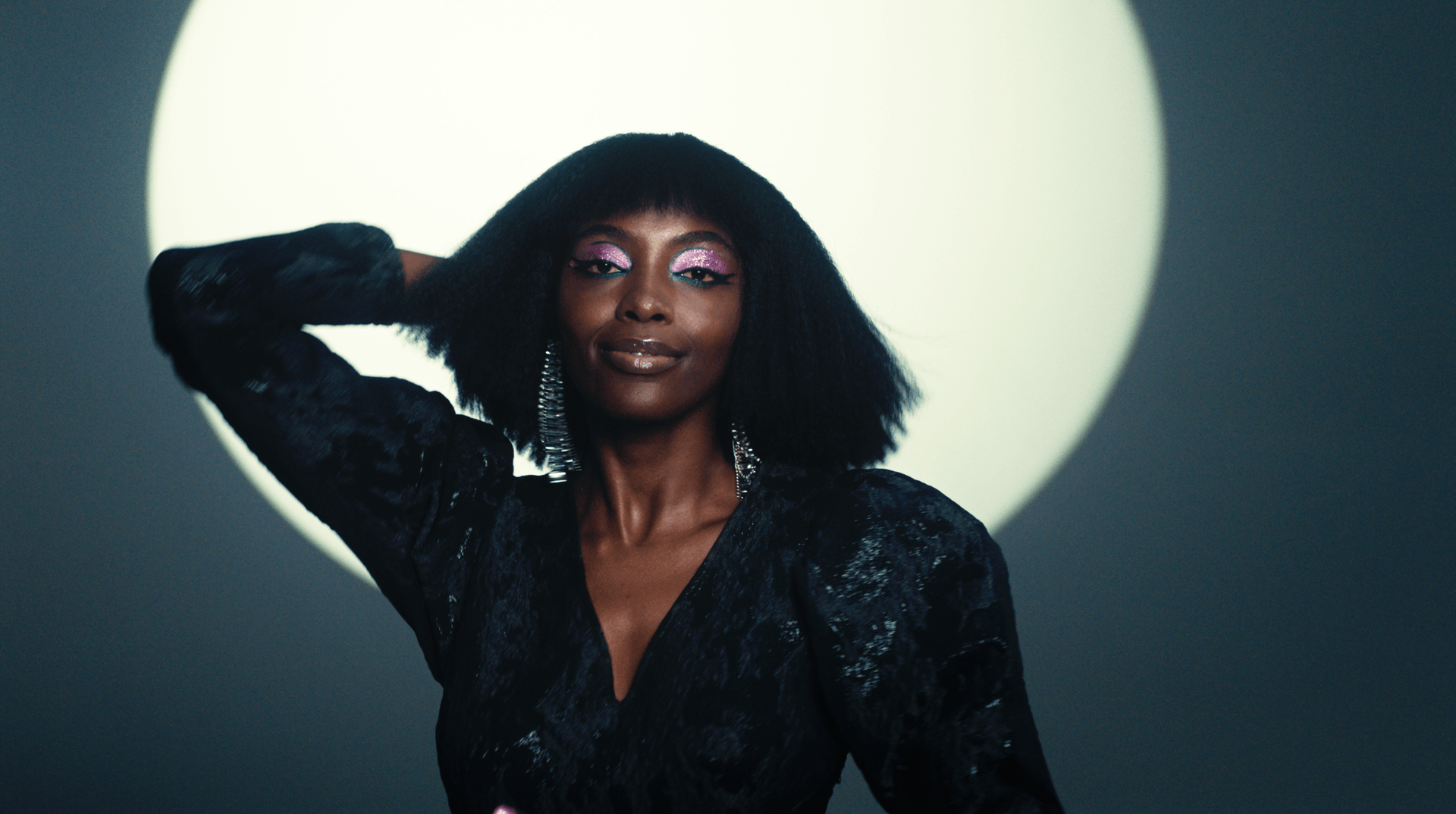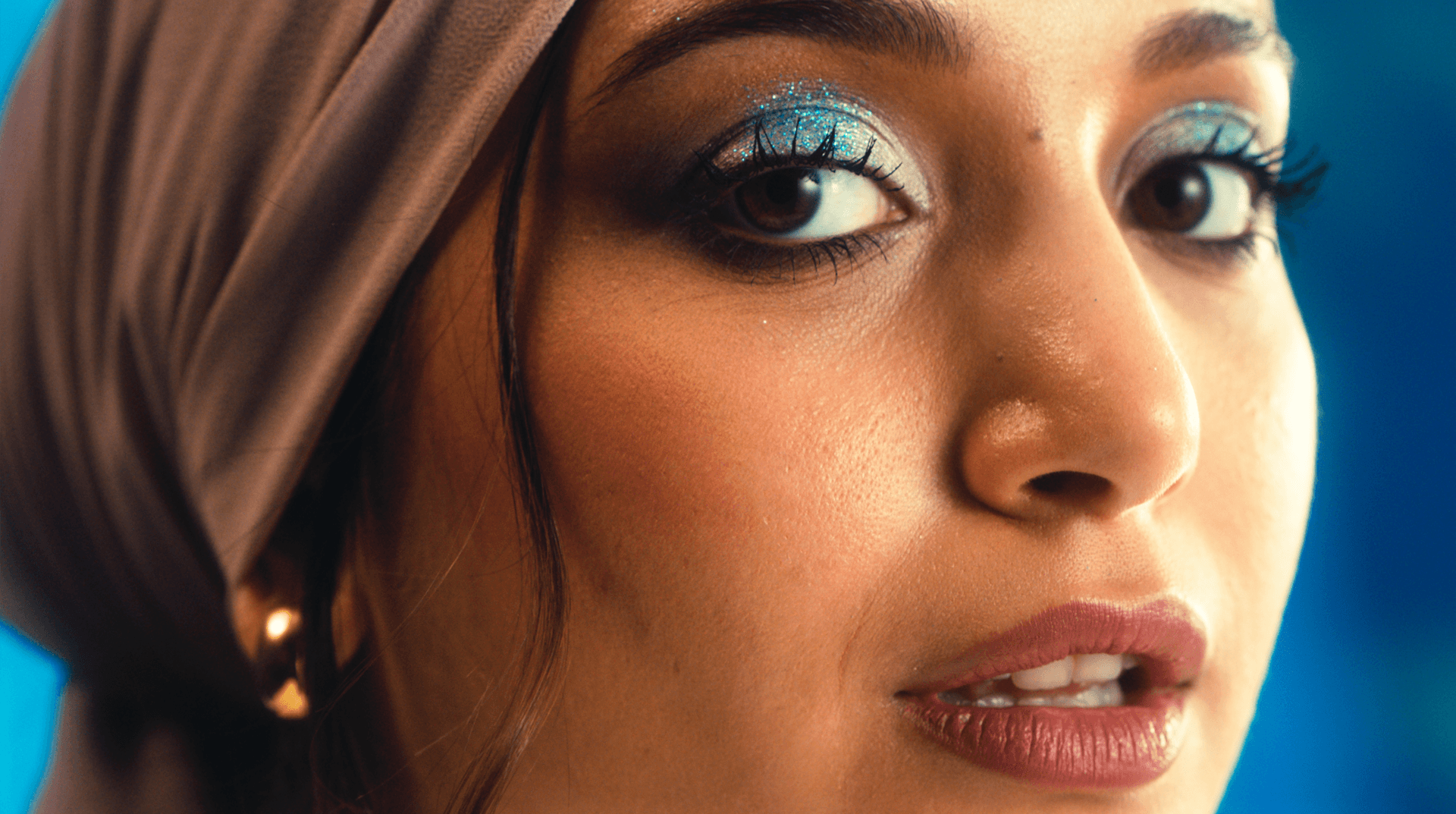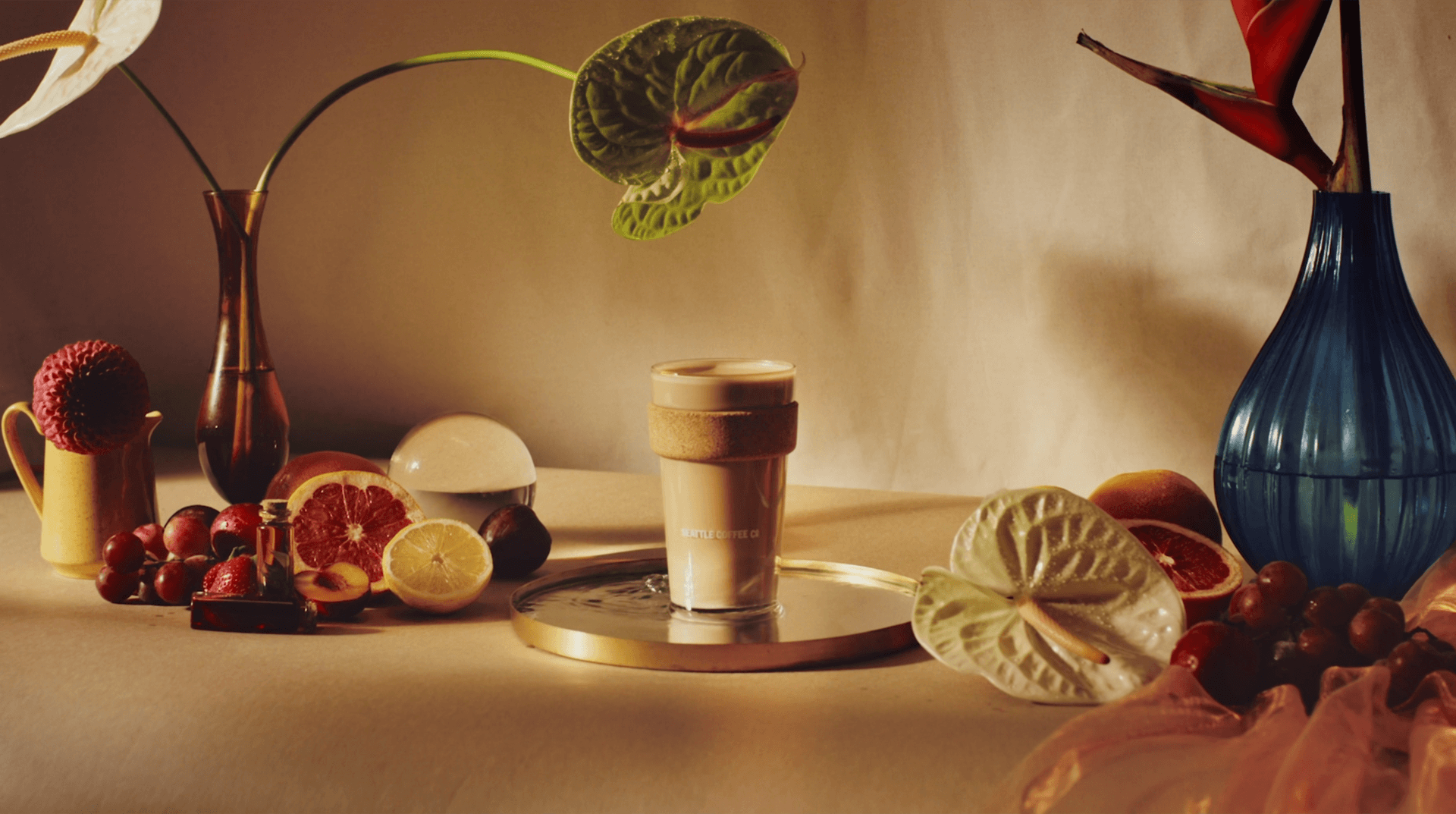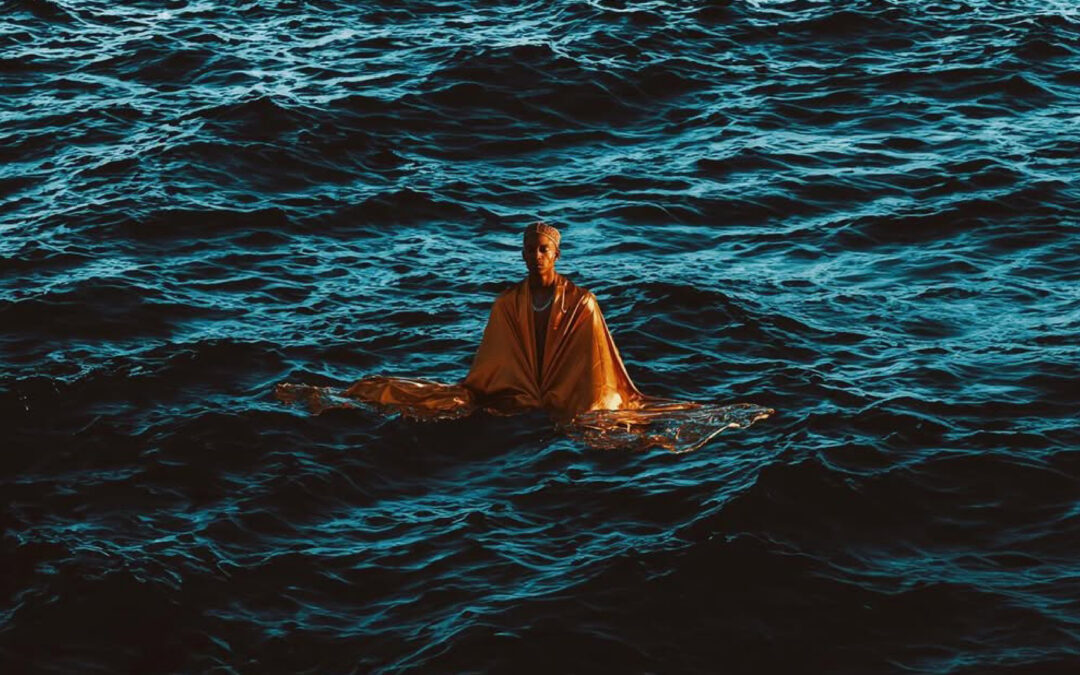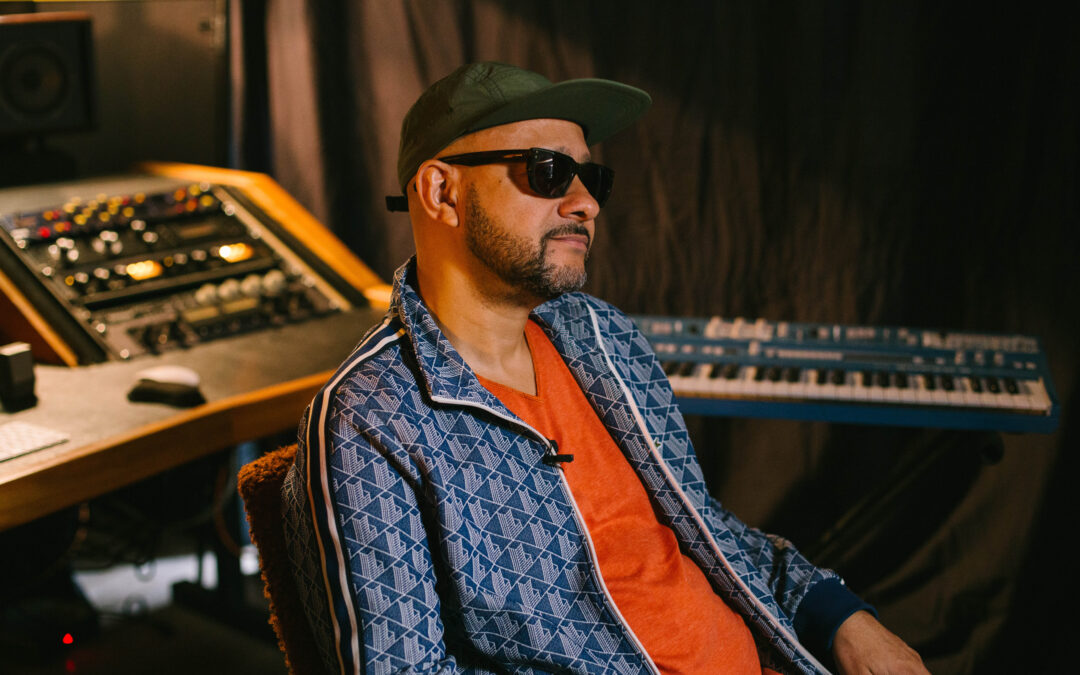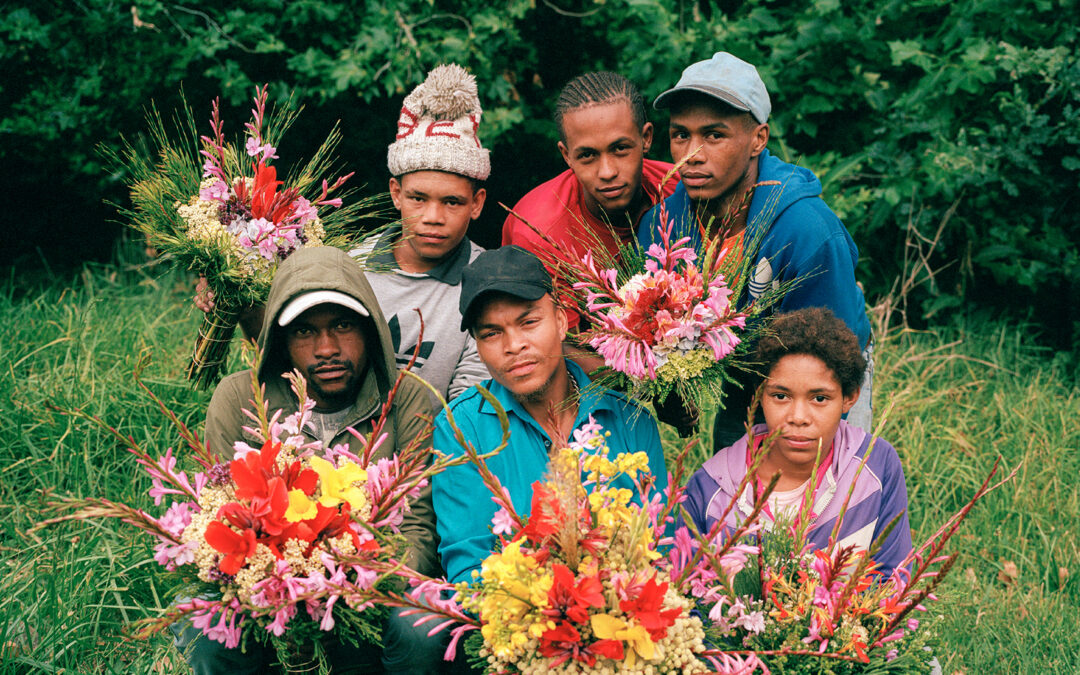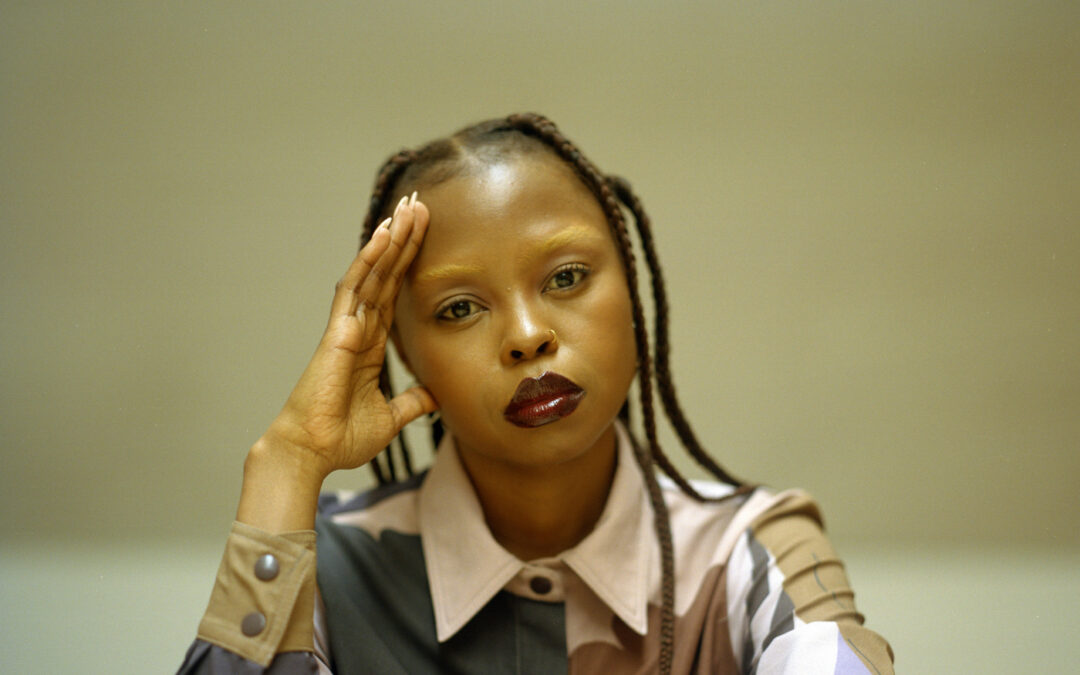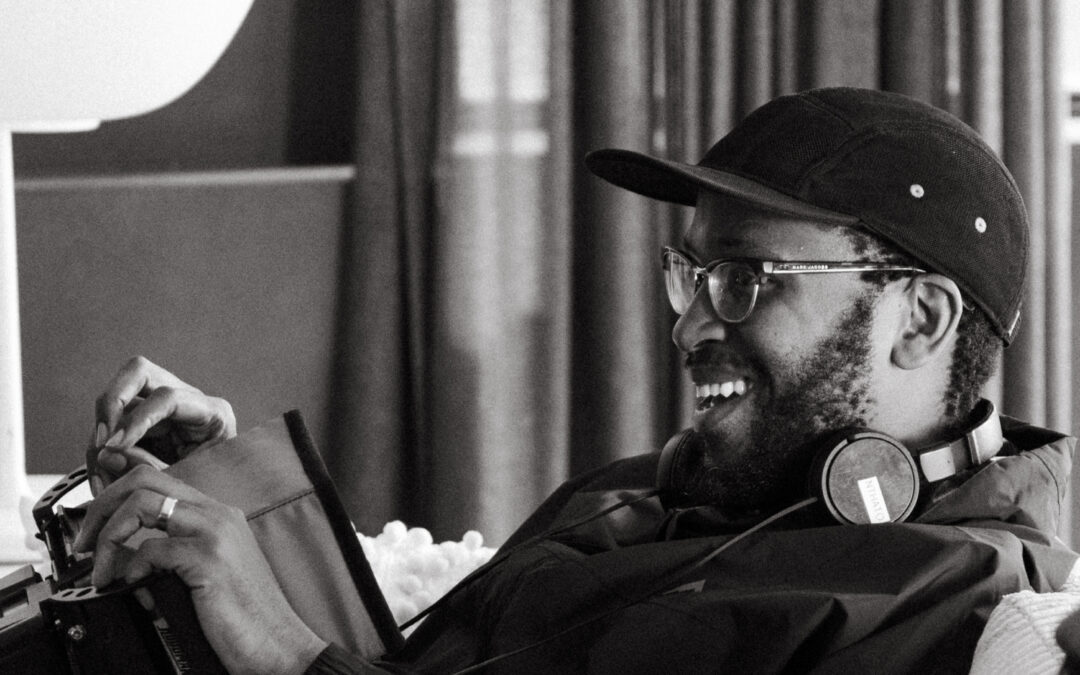Talya’s story as a film-director is steeped in sensory memory – and once you know this, the incredible colours and sounds that elucidate the suspended and active moments in her films feel all the more personal. I feel this deeply when watching Adi Koen’s character in Interlude grapple with languishing feelings of isolation and nostalgia, contrasted with the juiciness of citrus and subtle shades of lighting – a dreaminess and devastation somehow married together, synchronized through Talya’s ability to portray the delicate nuances that intertwine through the human experience. Writing was Talya’s first love, and while the written word casts its own spell upon our imaginations – drawing on visual storytelling seems to deepen and broaden one’s own inner languaging. I know this for myself with my dabble in styling and image-making; and I suspect that most writers will tell you this truth; that there are some stories that can only be optically transmitted.
“One of the biggest things I want to achieve in my work is to bring people to feel an experience that might not belong to them, or an experience that they might recognize. I want to create visibility around an experience, encouraging people to reach out and touch something unfamiliar, or familiar and forgotten. With Interlude, I needed to acknowledge this pervading loneliness I felt in lockdown – post break up, and without romanticizing but rather encapsulate the feelings I had, and perhaps reframe the loneliness into a reflective solitude. You know when you are in that place – and you think it will never pass, or you will never be happy again – and I think Interlude is the outcome of finding comfort and beauty in that space.” says Talya in our conversation around Interlude, her 2020 film picked by Vimeo staff as a best short-film. Created with art director Adi Koen and cinematographer Deon van Zyl, the film is a poetic musing, and beautiful taste of Tayla’s practice.
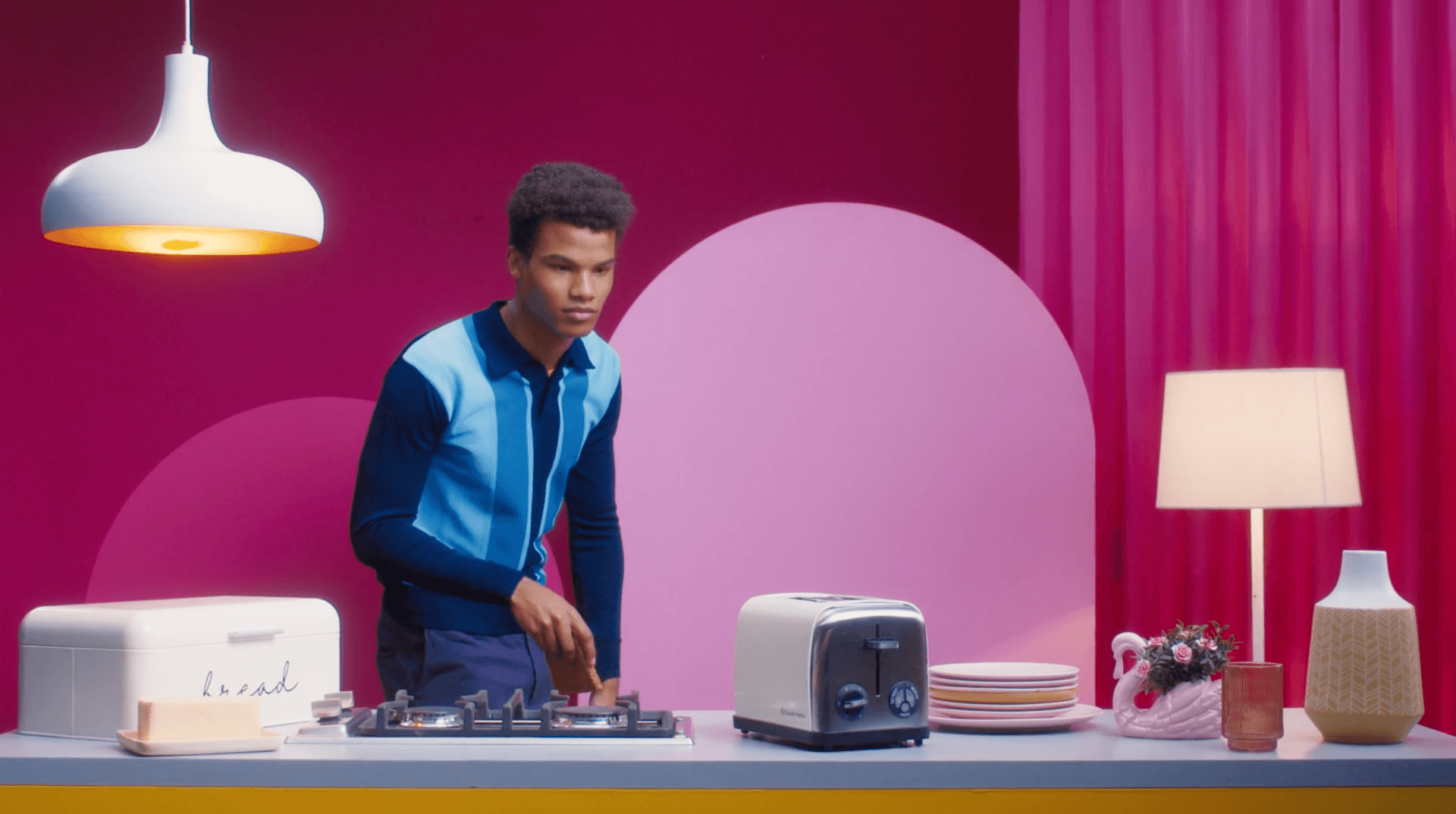
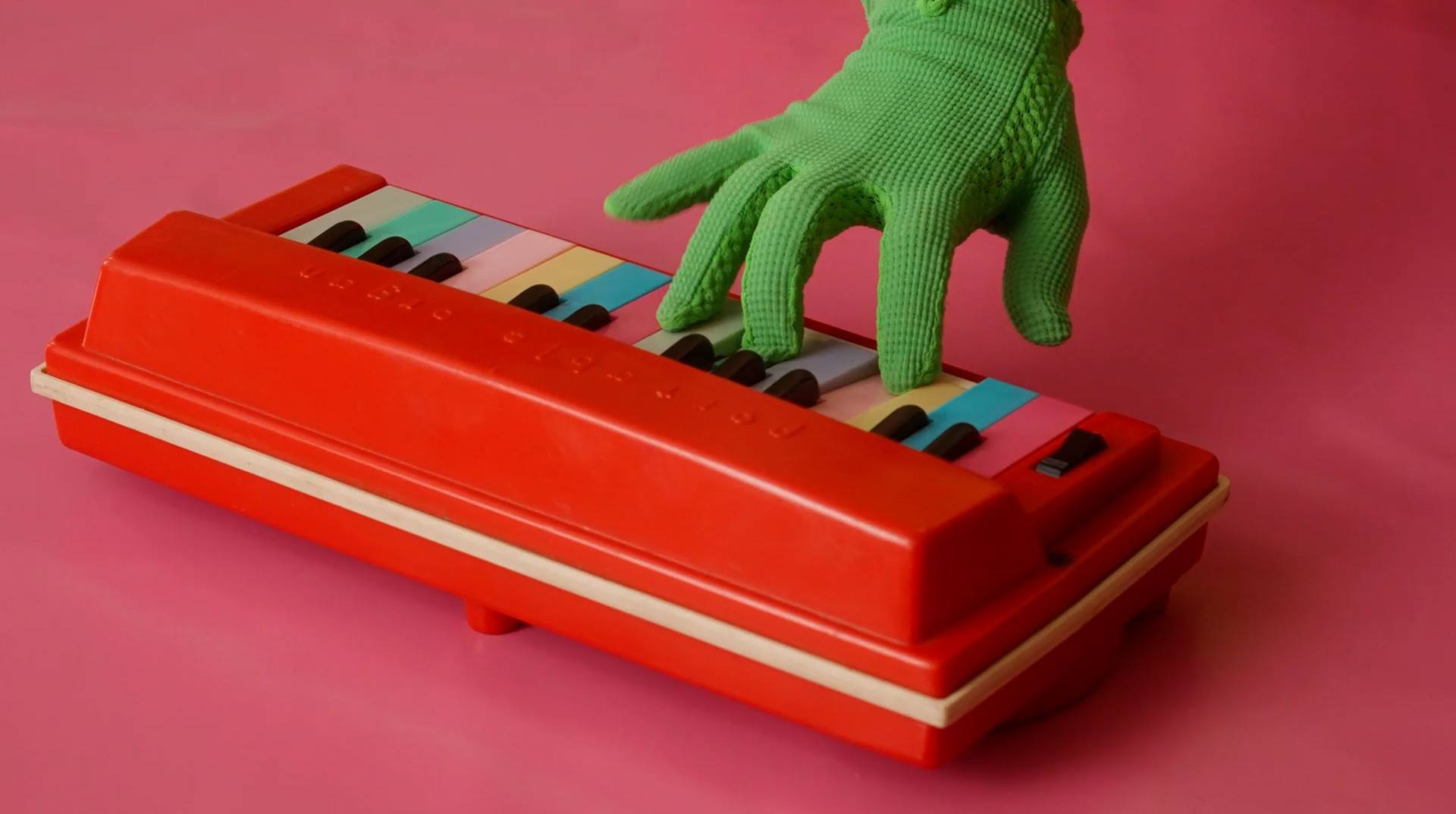
It may seem like a clichéd question to ask an artist or creative on how colour informs their process – but I have never, ever received a clichéd answer; because it is such a personal, direct expression of someone’s practice; whether the relationship is maximal, muted or somewhere in between. Talya’s work exudes an impeccable command of colour theory, as if every inch of the frames in her work has been thought of – and on this, Talya says, “colour is emotional for me, and when I put these worlds together – there are certain colours that I know cannot go together. I am extremely sensitive to a balance between warm and cool tones; and I strive for that equilibrium in which the set feels totally held across a spectrum of shades. If there is orange in the frame, there will be green and if there’s blue, I will make sure there is a bit of red or yellow. I love the work to be vibrant but also harmonious, and in being bold I try to consider delicacy. In Interlude, the presence of oranges goes back to my memories as a child. My dad used to buy these big sacks of oranges when we went to the Kruger park, and we would put them on the floor under our feet and roll them, to soften it – and then you bite the top off and squeeze the juice. The colour, the taste – the heat of the day – can all be summed up for me in an orange. It’s symbolism like that which I think makes directing so exciting, because you can say so much without having to explain an entire story; everyone will have their own association.
Sexual liberation and thematic visibility (beyond even sex & gender) are still incredibly archaic – an almost regression from even antiquated times all over the world – and especially in South African advertising, there is still a very conservative approach to building commercial content. We can speculate with accuracy that this is a post-apartheid, patriarchal hangover – in an industry that is very, very male dominated and by white men specifically. In our conversation, we discuss the under-representation of women – “I think there is an intrinsic aspect to femininity that I have seen in women and femme-identified beings around me, of this expression of abundance. I realised that some of my pursuits in my work is a desire to recreate a time and place in which there was safety – enough food, or enough pleasure. Personally, there is a huge crossover for me with food and sexuality; the idea of either being nourishing, and giving us creative energy to exist. While that comes through in a feminine aspect, I also view this intersection as going back to my childhood – having to be an independent child from a young age – and that dichotomy between growing up and saying goodbye to one’s inner child. There is this desire to be seen as an independent human-adult; not a female human-adult, or director. It is assumed that the director is a white man – and as women in this industry, I don’t think we necessarily want our femininity to be a selling point.” Talya goes on to explain that women need to be taking up space on set almost inorganically and calculatedly so – as it’s so entrenched. It reminds me of something my partner often says about equality from the viewpoint of the patriarchy or white supremacy – that lack mentality has been so aggressively embedded in everyone, that the idea of equality for someone is a threat to the rights of another. This is an intensely distorted symptom of the system in this world; that the cogs on the wheels could collapse at any moment without the fixation on a hierarchical structure. I agree with Talya, that one has to assert its eventual collapse with almost a discretion, to draw gender and racial representation into a state of normalcy.
Lastly, Talya astounds with a statement that hits home for both CEC founder Candice and I – “Creating for free, in hopes of exposure, is dead.” This is said in reference to a sidetrack conversation, but an important one at that – when I express that the creative industry is one of the only in the world in which intellectual and creative property is exclusively demanded, for free – in order to “create” one’s career. I could talk for ages about this – and we did – but I think it’s a great epitaph to remind our creative community of their value. An important distinction one should make on this subject, Talya says, is to understand if the work you want to produce is for you or for a brand – passion projects can be made resourcefully, shot on an iPhone, because it elicits joy and refines your craft – and that same spirit can be explored when working with collaborators and brands, except there needs to be mutual exchange. I think this idea of value is a big theme for 2022; 2 symbolizing relationships and duality in numerology – and god, it’s so good speaking to women. To more.
View Tayla’s work here:
Interlude (short film)
Voicenote (short film)
Milliways (commercial)
HAUS (commercial)
HUSH (GBV short film)
And more on talyagalasko.com

